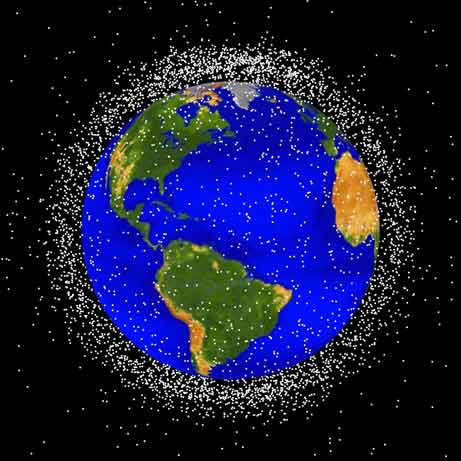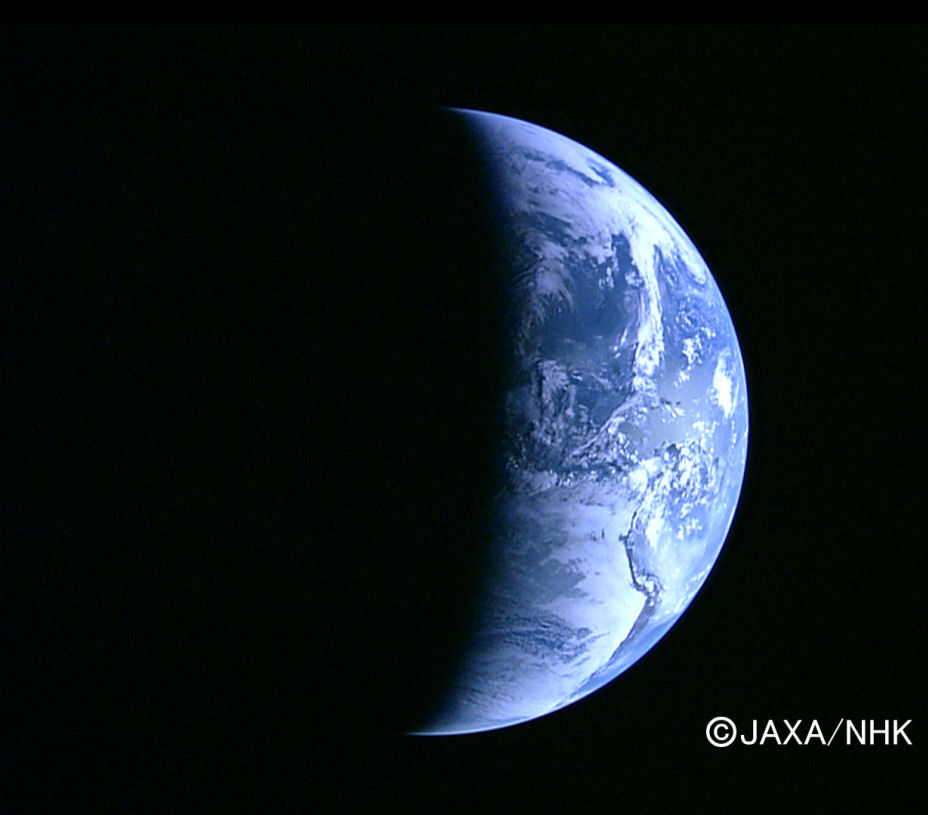
|
|
Space Age Turns 50
(October 8, 2007)

|
|

On October 4, 1957, amateur radio operators all over the world tuned their primitive equipment to a setting of 20 MHz, and heard a benign little "beep" that was to change our lives forever. What they were hearing was the signal being beamed to Earth by the first man-made object to be launched into space: a satellite named Sputnik (pictured above) that was about the size and shape of a beachball, and weighed a mere 183 pounds.
And it was not the current "masters of space" - the scientists at NASA - that launched Earth's first satellite. That organization did not even exist at the time. No, it was the Russians who began the Space Age. They had prepared for the launch in complete secrecy, and only after their satellite was successfully in orbit did they reveal to the world what they had accomplished. Since it was the height of the cold war, paranoia fueled rampant speculation that the innocent little tracking signal being emitted by Sputnik was in fact some sort of coded military information that was to be used by the Russians to launch a surprise attack on North America. Ironically, the word Sputnik is Russian for traveling companion.
American scientists immediately moved their own satellite launching plans into high gear, but before they could even get started, Russia successfully sent a second satellite into space only a month later. This one, dubbed Sputnik 2, was much larger and carried Earth's first space traveler, a dog named Laika. It was to be over a year later before the U.S. managed to get their own satellite into space, and form the now world famous space agency NASA.
A lot has happened since then. What started as a military competition has expanded into a world wide effort to explore and understand the Universe around us, and our place within it. Of the numerous satellites now orbiting Earth, no less than 15 are dedicated to studying our home planet, from JASON I, that maps and predicts global ocean circulation, to Cloudsat, that uses advanced radar to examine the internal vertical structure of clouds. In the last 50 years we have thoroughly examined the planets of our own solar system, and sent robotic ambassadors out into the depths of intersteller space. And space technology has spawned countless innovations to improve and enhance life on Earth, including medical breakthroughs too numerous to mention, and all those communications satellites that have become indispensable in our daily lives.
Of course it's not all good news. In typical Human fashion we have begun to pollute space as we have polluted Earth. In February, 2006, NASA presented the world with a computer generated graphic (pictured below) showing the accumulation of orbital debris - space junk - surrounding our planet. It is not a pretty sight. There are now over 13,000 pieces of man-made junk over four inches in diameter, and hundreds of thousands of smaller pieces, all trapped in orbit around Earth, and moving at an average deadly speed of 22,000 miles per hour (35,000 kph). This has made low Earth orbit an extremely hazardous place, for vital communication and scientific satellites, the International Space Station, and future manned missions into space.

To end on a happier note, the Japanese Space Agency just sent a satellite to the Moon, to help study it in preparation for Humans to return there, and on its way, the satellite turned its camera back towards Earth and took the stunning photo below. In the lower right of the photo you can make out the west coast of South America. Click on below image for full high resolution photo.

|
|
|